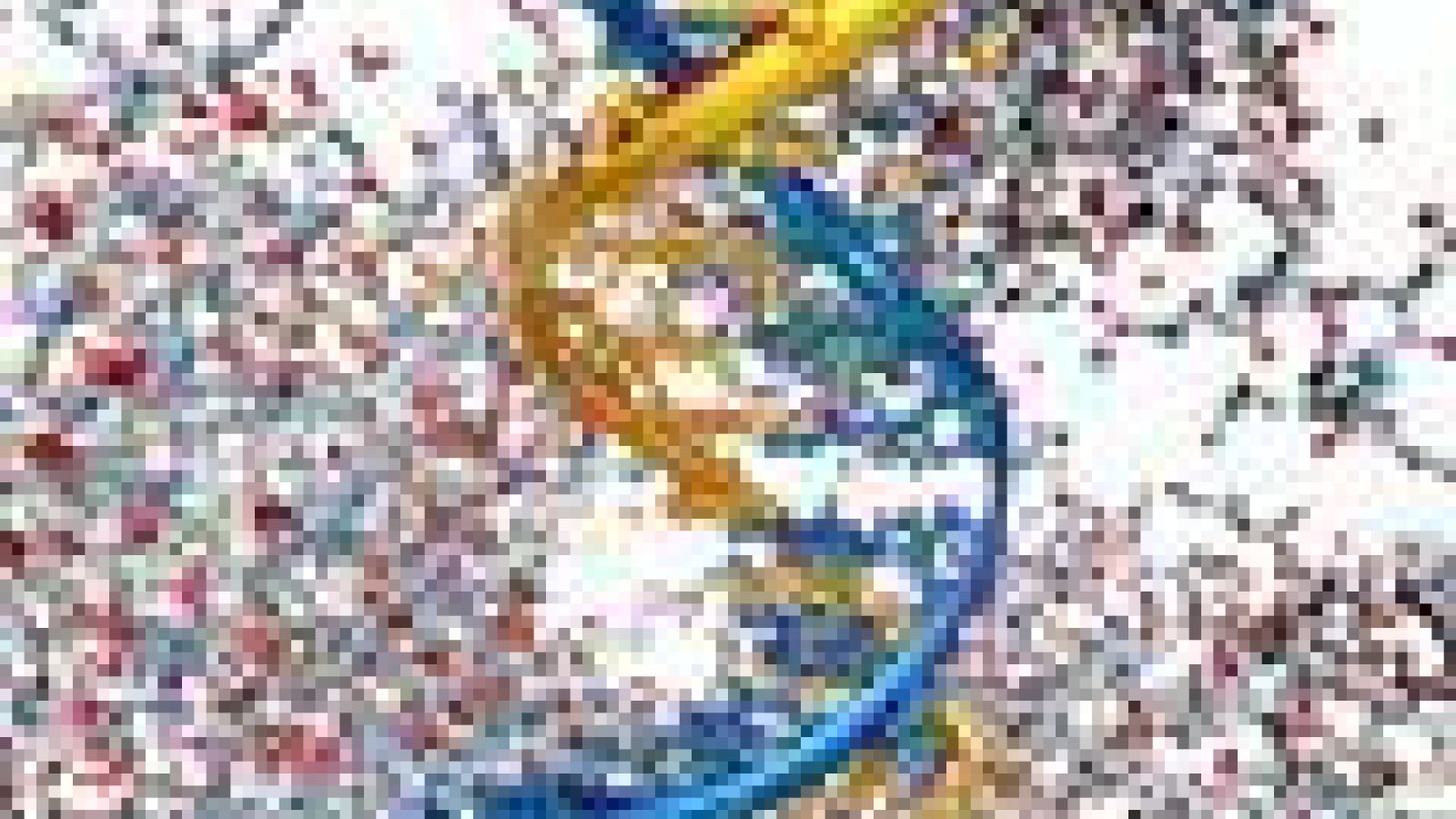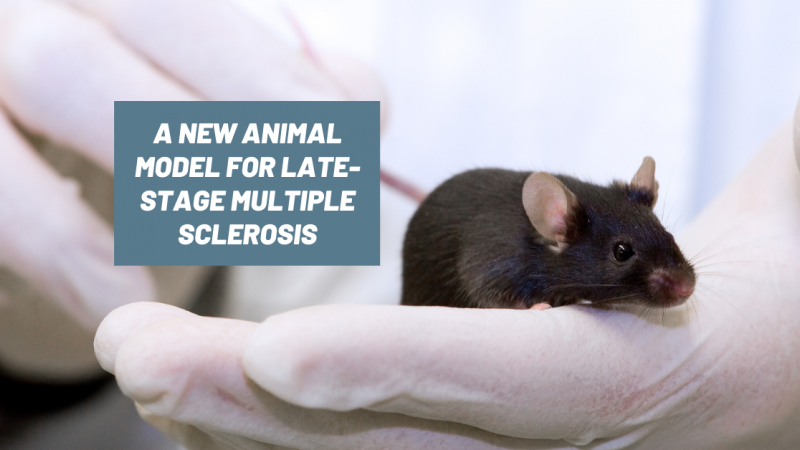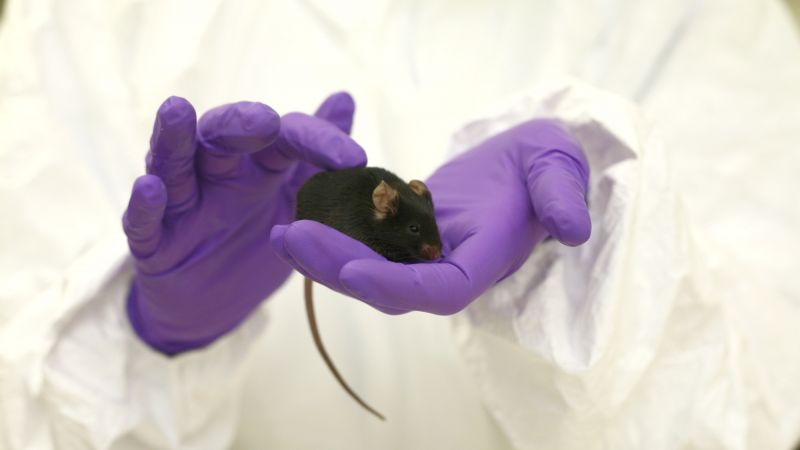Scientists have isolated the chemical responsible for the treatment of multiple sclerosis in mice using stem cells and uncovered the mechanism through which it acts. The growth factor produced by human mesenchymal stem cells (hMSCs) fights MS in two ways: blocking a destructive autoimmune response and repairing neuronal damage. The finding could help advance clinical trials testing hMSCs as a therapy for the neurodegenerative disease.
MS is an autoimmune disease in which the immune system attacks myelin sheaths that surround and protect nerve cells. This leaves nerves unable to send signals, resulting in the loss of motor skills, coordination, vision, and cognitive abilities. There is no cure for MS, and most current therapies work to simply suppress the immune system, preventing further neuronal damage.
hMSCs are a promising treatment for numerous autoimmune and neurological disorders. But the secrets of their regenerative properties remain a mystery. To investigate whether it is the cells themselves or something they produce, researchers tested separately the cells and the medium in which they were grown. The medium alone was enough to induce partial recovery in mice bred to develop MS. The team then separated out the different chemicals in the medium according to size. The fraction containing medium sized proteins again was able to treat the mice. A computer search of known proteins of that size identified hepatocyte growth factor (HGF), which is already known to promote cell growth and repair. Sure enough, HGF alone was enough to promote recovery in the MS mouse models, and blocking the receptor for HGF in those mice blocked recovery. The team also demonstrated that HGF suppresses immune responses in the mice and accelerates repair of the myelin sheath.
This new knowledge will help scientists as they use hMSCs to design new treatments. They may choose to increase production of HGF in the cells that they are using or perhaps use HGF as an independent treatment.
Last edited: 14 March 2022 08:33




